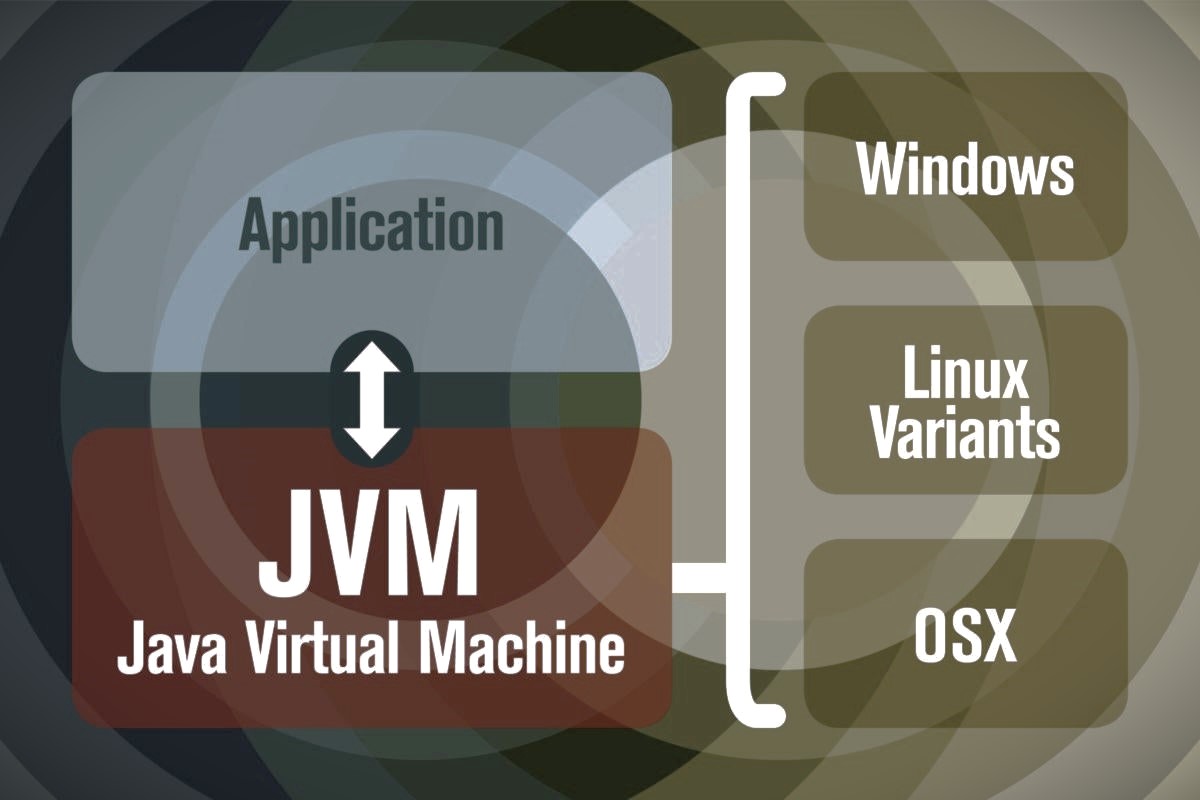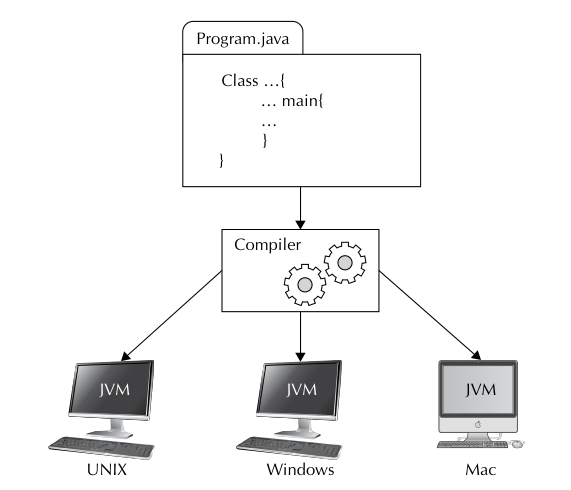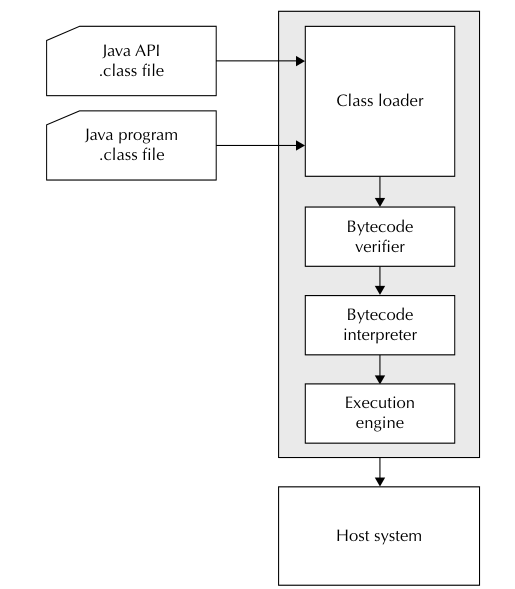Understanding the Java Virtual Machine: A Step-by-Step Approach
 Asesh Basu
Asesh Basu
tl;dr
The Java Virtual Machine (JVM) enables Java programs to run on any platform without modification, thanks to its ability to translate Java source code into platform-independent bytecode. The JVM emulates a virtual CPU in memory, ensuring that the bytecode is verified and interpreted correctly before execution. This process enhances the robustness and security of Java applications by preventing invalid memory access and unauthorized code execution. The JVM's key benefits include platform independence, allowing Java applications to be easily portable across different systems, and improved security, as it eliminates vulnerabilities associated with pointer arithmetic found in other programming languages.
To understand the Java Virtual Machine (JVM) effectively, we'll use an analogy of translating and performing a play. Imagine you have a script in your native language, and you want this play to be performed by actors in different countries, each speaking their own language. The JVM is like a universal translator and director that ensures the play can be performed anywhere, regardless of the local language or customs.
Step 1: Translating the Script - The Java Compiler
Concept: The Java compiler translates the Java source program into bytecode.
Explanation: The Java compiler acts like a translator who converts the script into a universal language (bytecode) that actors (computers) in different countries (platforms) can understand.
Details:
A Java compiler translates Java source code into bytecode.
Bytecode is akin to an intermediate language, similar to the object (OBJ) code generated by C++ compilers.
Unlike OBJ code, which is designed for a specific CPU, bytecode is designed for a "pseudo CPU" or virtual CPU that does not exist in reality.
Step 2: The Virtual Stage - The Java Virtual Machine (JVM)
Concept: The JVM emulates a virtual CPU, providing a runtime environment for Java bytecode.
Explanation: The JVM is like a virtual stage where the translated script (bytecode) is interpreted and executed, allowing the play to be performed.
Details:
Sun Microsystems created this virtual CPU and its instruction set.
The JVM emulates the virtual CPU in memory at runtime.
It includes a bytecode interpreter, a verifier, and modules for security, memory, and thread management.
The JVM's primary role is to run Java executables by interpreting and verifying bytecode.

Step 3: Preparing the Performance - Loading and Verifying Classes
Concept: The JVM loads and verifies .class files before execution.
Explanation: Before the play can be performed, the actors (classes) need to be prepared and verified to ensure they follow the script correctly.
Details:
The Java compiler stores bytecode in .class files.
The JVM's class loader loads these .class files into memory.
The JVM also loads other necessary library files during runtime.
Verification ensures that the bytecode does not contain any invalid instructions or undefined operations.
If verification fails, the JVM rejects the execution of the code.
Step 4: Interpreting and Running the Code
Concept: The JVM interprets and runs the bytecode on the host machine.
Explanation: The director (JVM) translates the universal script (bytecode) into actions that the actors (host machine) can perform.
Details:
After verification, the JVM's built-in interpreter converts bytecode into machine code.
This machine code is then executed by the host's CPU.
The execution unit runs the translated code on the host machine.

Benefits
Platform Independence
Concept: The JVM enables Java applications to be platform-independent.
Explanation: The universal translator (JVM) allows the play to be performed on any stage (platform) without changing the script.
Details:
The JVM provides a consistent runtime environment across different platforms.
Compiled Java bytecode can run on any platform with a JVM.
This platform independence means developers can create portable applications without modifying the source or binary code for different platforms.
Each platform has its own JVM, but the bytecode remains consistent across JVMs.
Enhancing Robustness and Security
Concept: The JVM contributes to the robustness and security of Java applications.
Explanation: The director (JVM) ensures the play is performed safely and correctly, preventing accidents or unauthorized changes.
Details:
The bytecode verifier checks the validity and integrity of bytecode.
The JVM prevents invalid memory access and rejects code with such issues.
The JVM ensures that Java code does not directly access operating system resources, reducing security risks.
Java omits pointer arithmetic, eliminating a common source of security vulnerabilities in other languages like C++.
[NOTE: Java supports object references that are essentially pointers. However, user-level pointer arithmetic is not supported*.]*
Not having pointers makes Java programs safer and more reliable. Pointers are known for letting bad actors access memory locations they shouldn't, and they can even help spread viruses. By getting rid of pointers, Java has helped developers build stronger and more secure applications.
Subscribe to my newsletter
Read articles from Asesh Basu directly inside your inbox. Subscribe to the newsletter, and don't miss out.
Written by
